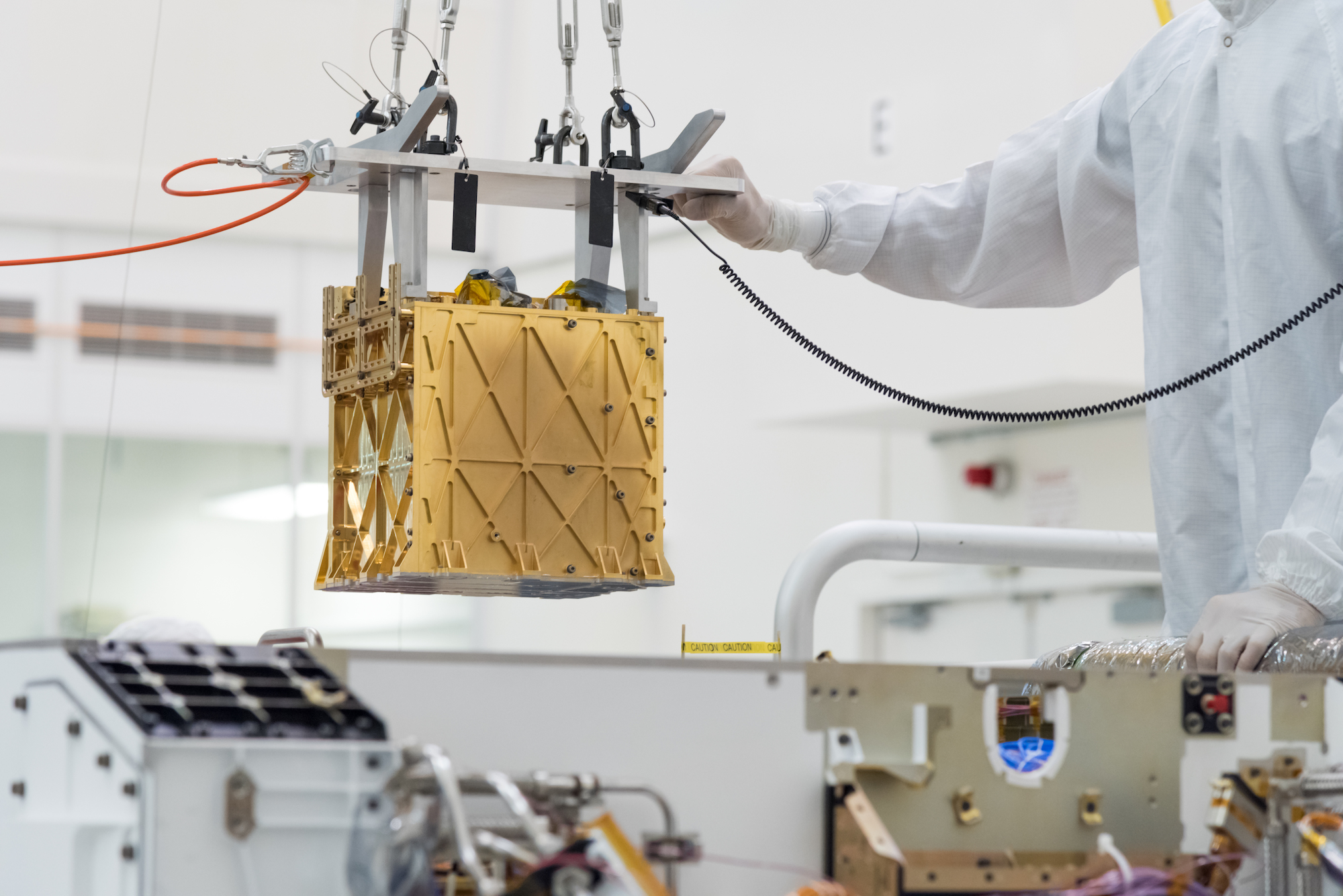Scientists at the Massachusetts Institute of Technology have breathed new life into the dream of mankind to one day send people to Mars.
Technology affixed to NASA’s Perseverance rover transformed carbon dioxide from the Martian atmosphere into oxygen on seven occasions since being sent to the red planet last year, scientists announced Wednesday, adding that the Mars Oxygen In-Situ Resource Utilization Experiment, or MOXIE, can synthesize oxygen on Mars equivalent to that of one “modest” tree.
NASA TO LAUNCH HELICOPTERS TO HELP RETURN ROCK SAMPLES FROM MARS
“To support a human mission to Mars, we have to bring a lot of stuff from Earth, like computers, spacesuits, and habitats,” MOXIE’s deputy principal investigator, Jeffrey Hoffman, explained in a statement for a paper published in the journal Science Advances. “But dumb old oxygen? If you can make it there, go for it — you’re way ahead of the game.”
MIT first started developing MOXIE in 2014, crafting a lunchbox-sized device that could be fitted aboard a NASA rover, which landed on Mars in February 2021. MOXIE uses a process known as electrolysis to siphon oxygen molecules from carbon dioxide by exciting the compound with electricity.

Oxygen ions are “isolated and recombined” and are checked for quantity and purity to ensure they are safe for people, the MIT press release said. Mars’s atmosphere is rich with carbon dioxide, scientists involved in the project noted. As a result, MOXIE has a vast reservoir of material to tap into for the production of oxygen to sustain human breathing and to produce rocket fuel during hypothetical missions to the dusty planet.
“This is the first demonstration of actually using resources on the surface of another planetary body and transforming them chemically into something that would be useful for a human mission,” Hoffman said. “It’s historic in that sense.”
CLICK HERE TO READ MORE FROM THE WASHINGTON EXAMINER
Although MOXIE is small and can only synthesize about 6 grams of oxygen per hour, scientists are envisioning a scaled-up version of the device that churns out “oxygen at the rate of several hundred trees.”
“We have learned a tremendous amount that will inform future systems at a larger scale,” said Michael Hecht, principal investigator for the MOXIE mission.
The research was partially supported by NASA, the MIT statement noted. Hoffman is a professor in MIT’s Department of Aeronautics and Astronautics, and Hecht is the associated director of the MIT Haystack Observatory.
